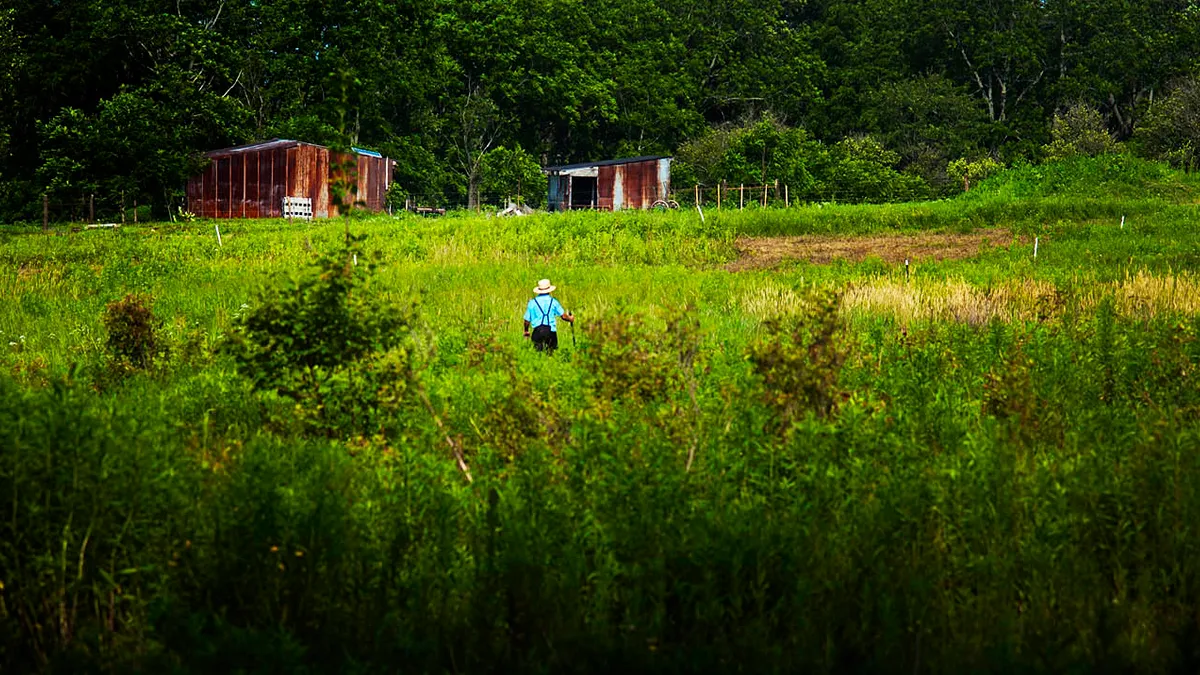Dive Brief:
-
College Possible recently launched a program that helps high-achieving rural students navigate the college application process. Previously, the 19-year-old nonprofit organization focused on assisting low-income urban high schoolers get into college, according to The Hechinger Report.
-
The program provides rural students access to an off-site college counselor that helps them with college application essays, the Common Application and emotional support throughout the process with monthly calls and regular texts and emails.
-
Virtual college counseling is more common in rural areas where distance makes face-to-face meetings impractical. Students that live in urban and suburban areas, on the other hand, are typically assisted by college counselors in person.
Dive Insight:
Separated by distance and isolated in areas with fewer resources, rural schools typically don’t attract the attention of college recruiters. Traveling three hours to a school with a graduating class of 50 doesn’t make much sense. Not only do rural students not see college recruiters, they often don’t have a college counselor or even a high school counselor since those jobs are often the first to be cut. When counselors are gone, so is a student's roadmap toward opportunities following high school.
The distance that separates rural students from the rest of the world can also cut off their opportunities to visit college campuses, an act that is known to inspire a student’s interest in college. Advances in technology, however, are making the world a smaller place and diminishing the need to meet with someone in person.
Digital native students understand this more than any other age group. As college recruiters tap into technology, they can throw their net wider. Videoconferencing can replace the need for travel. Recruiters can even meet virtually with students in real time and answer their questions.
In addition, the rise of virtual reality means that students will soon be able to tour a college campus from the comfort of their own school. It may not be exactly like the real thing, but it is close. Virtual reality can also allow students to visit dozens of campuses to narrow down the list to the few they want to see in person.








